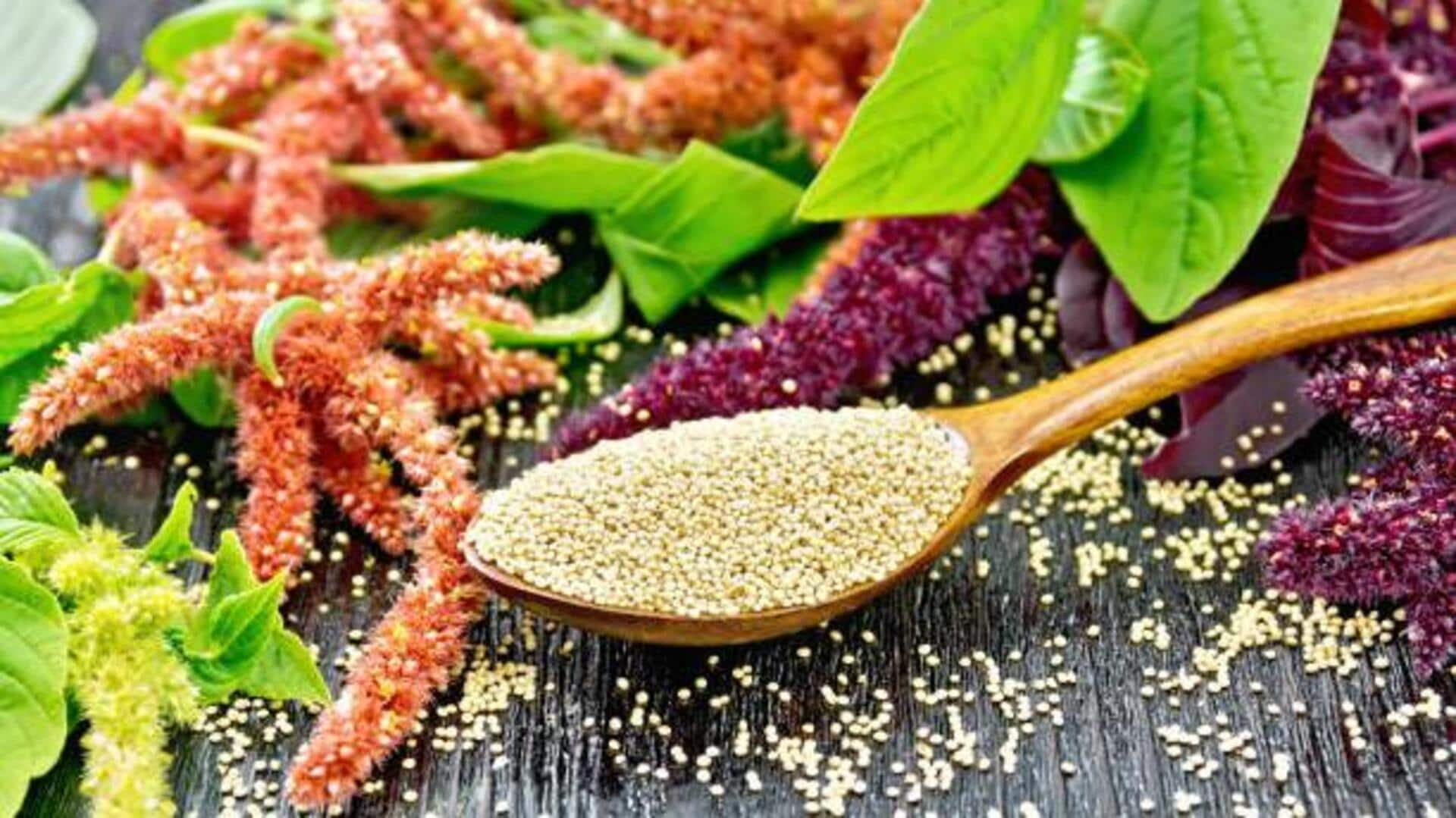
Why you should include amaranth in your daily diet
What's the story
Amaranth, an African staple, has been cultivated for thousands of years. Resilient and nutritious, it is quickly becoming the modern superfood. This ancient grain is packed with protein, fiber, and essential nutrients, making it an incredible addition to modern diets. With focus on sustainable and nutritious food sources, amaranth provides several benefits that fit into today's health trends.
Nutritional value
Nutritional powerhouse of amaranth
Amaranth is loaded with essential nutrients like iron, magnesium, and calcium. It is protein-rich than other grains and also gluten-free. The presence of lysine (an amino acid that is often deficient in grains) makes it a complete protein source. Its nutrient density caters to various diets without compromising on taste or versatility.
Health benefits
Health benefits linked to Amaranth
Regular consumption of amaranth can ensure better heart health, owing to its high fiber content that aids in reducing cholesterol levels. It also improves digestive health by promoting regular bowel movements. Additionally, the antioxidants it offers play a key role in combating oxidative stress and inflammation in the body, thus promoting overall well-being.
Culinary uses
Versatility in culinary uses
Amaranth's versatility shines in the various culinary applications it can be used for. It makes for a hearty breakfast porridge and adds a nutty flavor to soups and stews. This ancient grain goes well with both sweet and savory recipes. It has become a staple in several cuisines. Plus, for the gluten-sensitive, amaranth flour makes an excellent alternative for baking needs. This way, everyone can enjoy its benefits.
Farming practices
Sustainable farming practices
Cultivating amaranth requires far fewer resources than other crops, making it more eco-friendly. It grows well under different climatic conditions, including drought-hit areas, owing to its hardiness. This reduces the dependency on water-guzzling farming practices, all while ensuring food security across regions where traditional crops may not yield.